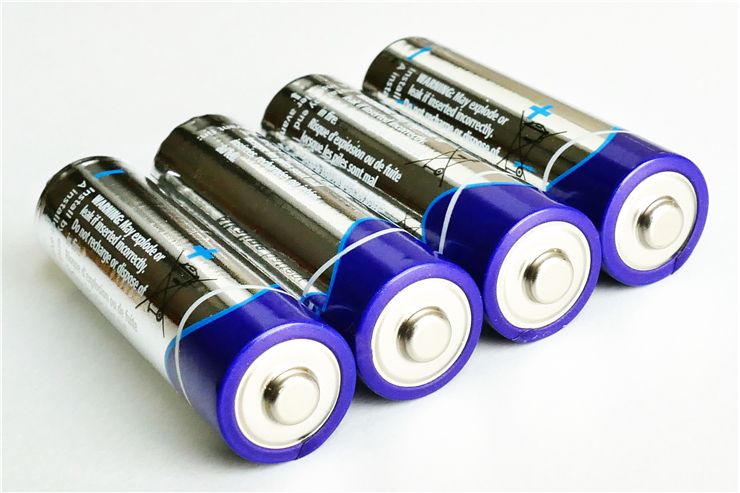How Do Batteries Work? How Batteries are Made?
Batteries are today made from many raw materials, enabling them to power everything from smallest scientific devices, multitude of home gadgets, road cars, to the large-scale machines that can sometimes house incredible amount of battery power in them. Because of so many types, here you can learn more about basic principles of creation of voltaic cells, and little close look at the all raw materials and processes needed for creation of ordinary alkaline battery that general population is using on daily basis in their home devices.
Basic voltaic cell that uses electrochemical cells to convert stored chemical energy into electrical energy have only few basic components. One cell of the battery houses electrolyte and the negative electrode (anode)that will collect negatively charged ions (called anions) and cell number two houses similar electrode (anode) and electrolyte that will collect ions. Unreactive salt bridge separator also connects those two battery cells, allowing transfer of ions. In order to recharge battery and replenish the chemical potential of the battery, active current needs to be applied in an opposite direction.
Home alkaline batteries are made with the industrial process that requires access to many metals, mineral extracts, and advanced materials. This include cell containment metal that is made from nickel-plated steel, porous layer that separates two cells using either layered paper or some similar synthetic material, canister sealant that is most often made from epoxy of asphalt, steel plate for better protection of the battery bottom, while the top of the battery is housing brass nail that is driven though top to run across middle of entire battery. Outer coating of the battery is made from plastic protection, which leaves place for anode and cathode to be accessible from outside of the battery. Cathode of this type of battery is made from wide variety of materials (including manganese dioxide, graphite and solution of potassium hydroxide), which are mixed together and pressed into hollow cylinders (which are exact match of the inside of the battery housing). Paper separator that is placed between two cells must be soaked in electrolyte solution in order to perform well. On the other side of paper separator, anode is placed in a form of thick paste-like gel that is made from mixing zinc powder, potassium hydroxide electrolyte and several other ingredients. Anode, separator and cathode ingredients are not filling up entire internal holding area of the battery. Little space is left clear in the anode gel area so that chemical reaction can have additional space for it to happen. Sealing of the battery is done first by driving a brass nail through the middle of the battery (which will gather the current end deliver it to the outside), then plastic is coated all around the battery, and finally metal cap (which maintains connection to the brass nail) is placed last. Metal cap can be either glued or welded.
Modern industrial production of batteries is a process that was perfected long time ago, and competing companies are investing large amount of their resources not only to develop new types of batteries and manufacturing processes, but also to maintain the highest possible level of quality control that is focused on battery durability, ability to resist corrosion, prolong shelf life, prolong usage life and many other factors.
